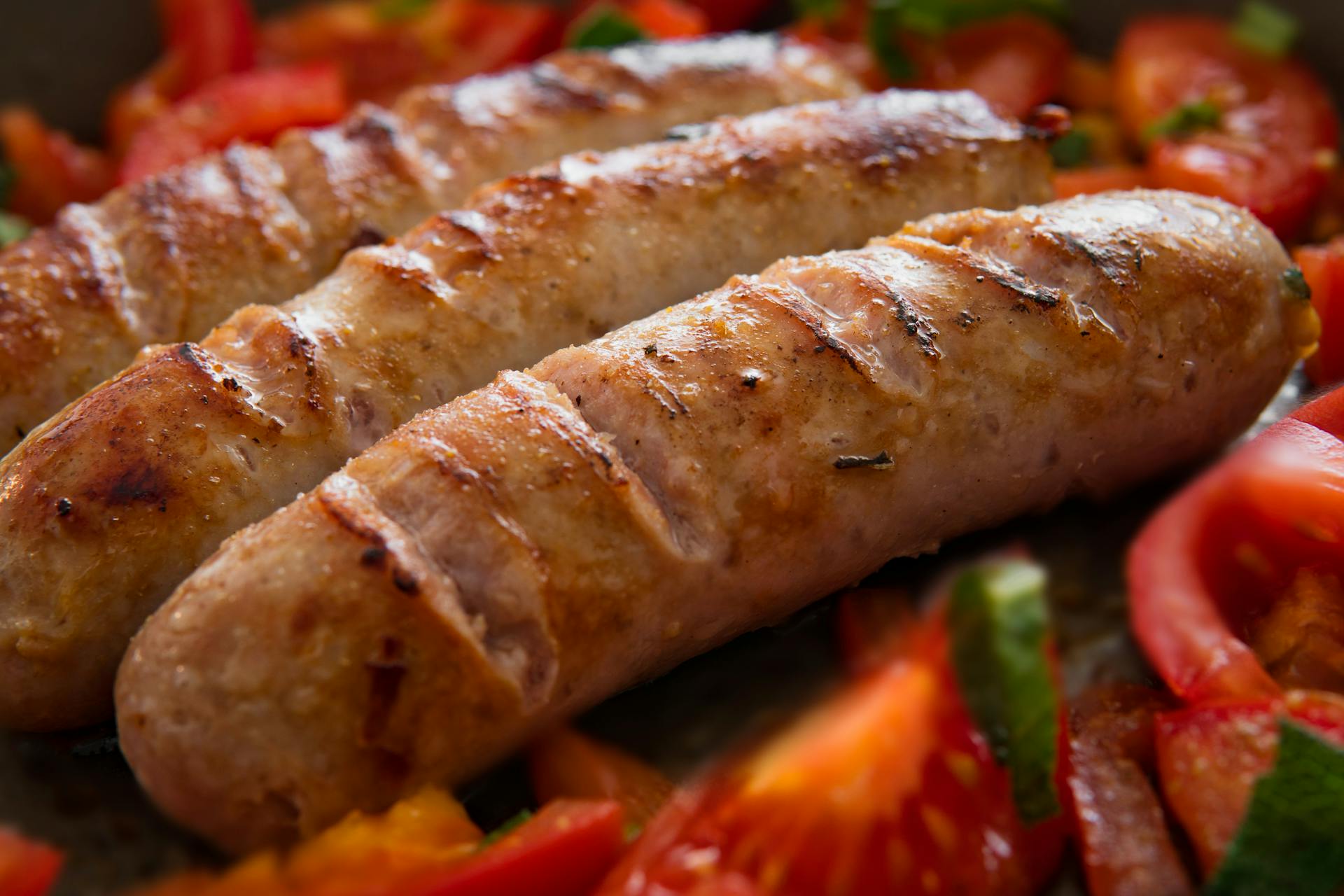
Introduction
Making your own sausage at home is a rewarding way to control the ingredients, flavors, and quality of the final product. From choosing your meat to seasoning and stuffing, this guide will walk you through the steps to make delicious, homemade sausage.
Step 1: Choosing Your Meat
The foundation of great sausage starts with the meat. Most sausages use pork, but you can also experiment with beef, chicken, lamb, or even game meats. It’s essential to have a good fat-to-meat ratio (usually 70% meat to 30% fat) to ensure that your sausage stays moist and flavorful.
- Pork: Pork shoulder is a popular choice because it naturally contains a balance of fat and meat.
- Fat: If your meat is lean, consider adding back fat or pork belly to achieve the ideal ratio.
Step 2: Preparing the Equipment
Before you start, ensure that you have the necessary tools:
- Meat Grinder: Essential for grinding the meat to your preferred texture. If you don’t have one, many kitchen mixers have attachments.
- Sausage Stuffer: You can use a hand-cranked stuffer or an attachment for your mixer.
- Casings: Natural casings (made from intestines) or collagen casings are commonly used for stuffing the sausages.
### Step 3: Seasoning the Meat
The seasoning blend will define the flavor profile of your sausage. Common spices include salt, pepper, garlic, fennel seeds, and paprika, but the options are limitless.
- Basic Seasoning: Start with salt (1.5-2% of the meat weight), black pepper, and garlic.
- Regional Variations: Try adding fennel seeds for Italian sausage or cayenne pepper for spicy sausage.
Tip: Always do a taste test before stuffing. Fry a small portion of the seasoned meat in a pan to adjust the flavors if needed.
Step 4: Grinding the Meat
Once your meat is seasoned, it’s time to grind. Cold meat grinds better and prevents fat from smearing, so ensure your meat is chilled before grinding.
- Coarse Grind: If you prefer a chunkier texture, opt for a coarse grind.
- Fine Grind: For a smoother sausage, use a fine grinding plate.
Tip: Grind the fat separately and mix it back with the meat for better texture control.
After grinding and mixing, it’s time to stuff the casings.
- Preparing the Casings: Soak natural casings in warm water to soften them and rinse them thoroughly.
- Stuffing Technique: Attach the casing to the sausage stuffer nozzle, gently fill the casing, and twist the sausages into even links. Be careful not to overstuff, as the casing may burst during cooking.
Step 6: Cooking or Storing the Sausage
Once your sausages are stuffed, they can be cooked immediately or stored for later use.
- Cooking: Sausages can be grilled, baked, or pan-fried. Cooking slowly on medium heat ensures the sausage is cooked evenly without drying out.
- Storing: Fresh sausages can be stored in the refrigerator for up to 3 days or frozen for up to 3 months. If you plan to store them long-term, consider vacuum-sealing them to prevent freezer burn.
Step 7: Curing and Smoking (Optional)
If you want to create smoked or cured sausages, additional steps are required.
- Curing: Adding curing salts (like sodium nitrite) allows the sausage to be dried or smoked safely.
- Smoking: Cold smoking adds rich, smoky flavors to sausages like kielbasa or andouille. This process takes place at lower temperatures (68-86°F) over several hours to preserve the raw texture while adding flavor.
Conclusion
Making homemade sausage is a fun and flavorful way to experiment with different meats, seasonings, and techniques. Whether you’re looking to create a classic Italian sausage or a spicy chorizo, the possibilities are endless. By following these steps, you can produce delicious sausages that are far superior to store-bought varieties, with complete control over the ingredients.




